Bimetallic Thermometer
Bimetallic Thermometer
In this article, we will introduce a Bimetallic Thermometer and how it dose work,also we will talk about the temperature & its application.
At the another part of the article will talk about the advantage of the bimetal and its sensors.
At the end of the article we will recommend to how to choose them and which factors is essential to choose the bimetal thermometers.
Thermometers are devices that measure temperature or a temperature gradient using a variety of different principles. Temperature is simply the numerical measurement of hot and cold—which has great importance in a wide variety of applications.
Temperature affects our comfort, cooks our food and is critical to making many products upon which we rely.
Given the extreme importance of temperature across so many aspects of modern life, thermometers are a familiar tool to us.
A thermometer is an instrument designed to measure and indicate the temperature of a specific application or condition. A bimetallic dial thermometer, commonly known as a bimetal thermometer, is installed at the point of measurement and is usually read from that location.
What is bimetal?
A bimetallic sensor is something that is made from two different types of metal joined together. Unlike many objects, bimetallic items are not made from a mixture of metals, but consist of layers of different metals.
Bi-metal is used for a variety of different reasons. Sometimes cheaper metals are covered with a thin layer of a more expensive metal so that the item looks expensive but has actually been made fairly cheaply.
Others, tin cans, for example, are made from steel that’s coated in a thin layer of a metal that won’t rust, to protect the steel from the elements.
It is possible to join three and four separate metals together; this is called tri-metal and tetra-metal.
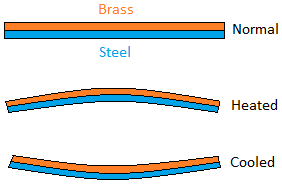
Application of Bimetallic thermometer
- use in control devices
- use in air conditioning thermostats
- process application such as refineries, oil burners, tire vulcanizers etc.
Advantages of bimetallic thermometers
They are simple, robust and inexpensive
Their accuracy is between +or- 2% to 5% of the scale
They can withstand 50% over a range in temperatures
They can be used where ever a mercury-in-glass thermometer is used
Limitations of a bimetallic thermometer
They are not recommended for temperature above 400’C
When regularly used, the bimetallic may permanently deform, which inturn will introduce errors
Different common forms of bimetallic sensors
- Helix type
- Spiral type
- Cantilever type
- Flat type
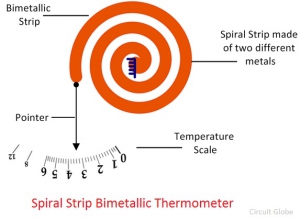
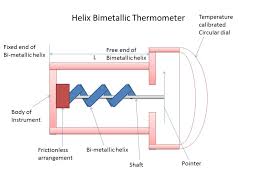
Choosing a thermometer
When selecting a thermometer, it is important to consider
- the dial or case size
- stem or capillary length
- the connection type
- temperature range
To ensure safety and accuracy, thermometers should be selected while giving consideration to the measured media and the ambient operating conditions.
Improper application may be detrimental to the thermometer, causing failure and possible personal injury or property damage.
Knowing the environment and media that the thermometer will be subjected to is also essential. This information will determine what type of thermometer is required and if thermowells are necessary.
Temperature measurement errors to keep in mind: conduction, convection, radiation, response time, noise, grounding issues and shorts (especially on metal surfaces).
Saba Dejlah is a big supplier at UAE from any kinds of thermometers,thermowells,…
We can supply from Wika,…
If this article was useful for you, kindly inform us and we will be happy if you put you comments her.

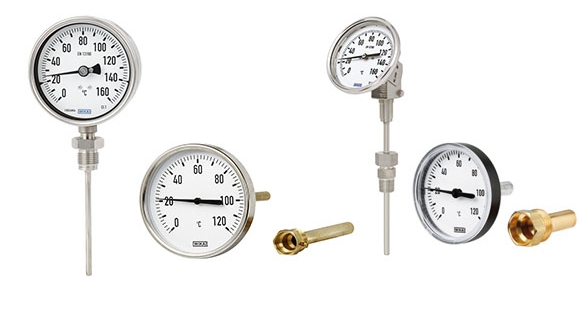
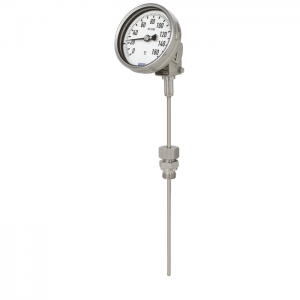
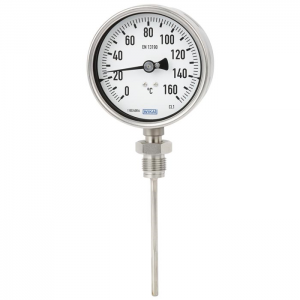
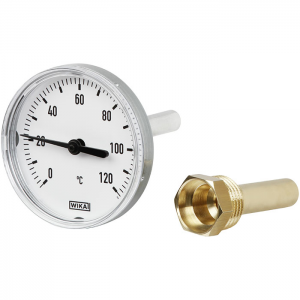


Leave a Reply
Want to join the discussion?Feel free to contribute!